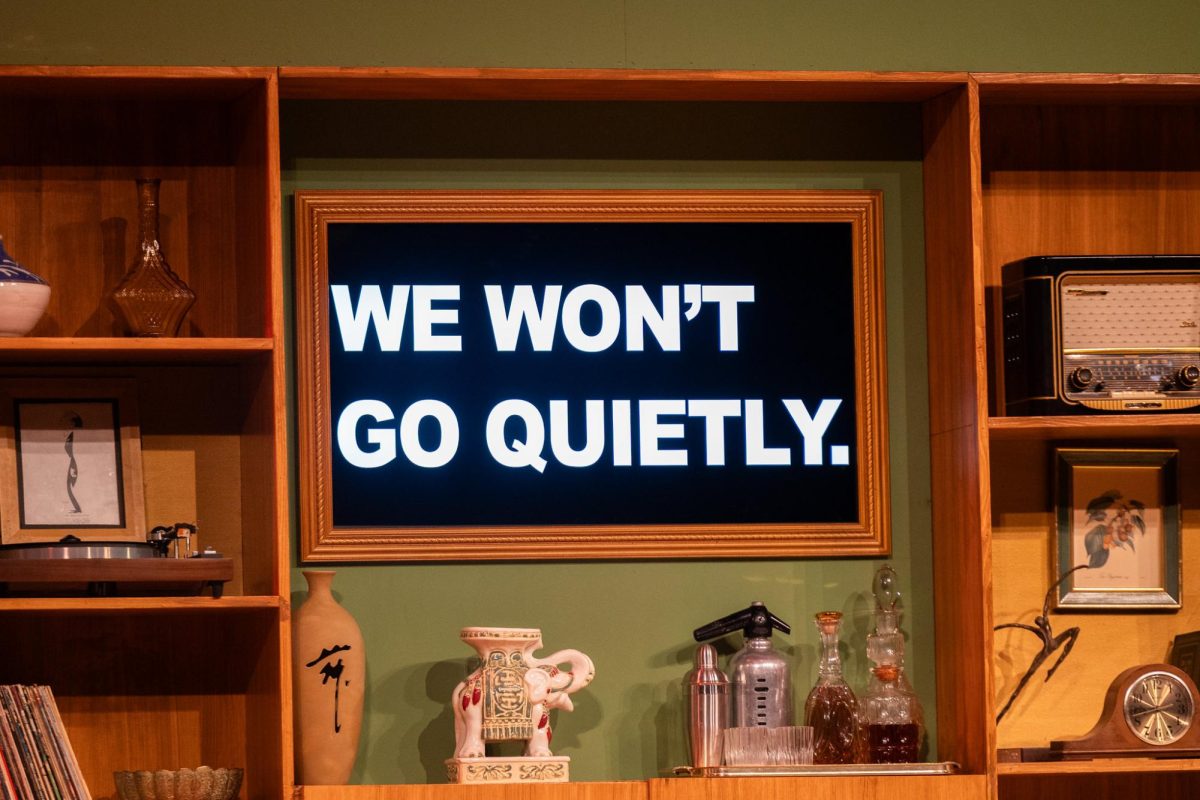Commentary
The notorious serial killer Ted Bundy has his name circling through in the media with the new Netflix Original four-part docuseries, “Conversations with a Killer: The Ted Bundy Tapes”.
The series contains footage and tape recordings of Ted Bundy, his victim that escaped, friends and officers involved in the case over the years.
It goes into to great lengths to provide the audience with news broadcastings from the time of the murders, real interviews, displaying his responses, and providing the whole perspective of his life.
To the public and his close colleagues his was perceived as a good looking, charming, smart, clean cut and boy next door man which brought difficulty when believing in his actions as he did not fit the stereotype of a typical serial killer.
What makes Ted Bundy distinct from most cases is that he was educated in psychology and a history in politics and involved in his community, making him more advanced with manipulation.
Viewers of the case when this was on television were even in denial through his persuasive tactics in court.
This docuseries is the first of many psycho-thriller and crime genre films to appear in the media focusing on the violence and serial killers this year.
The upcoming film, “Extremely Wicked, Shockingly Evil and Vile” featuring Zac Efron to play Ted Bundy, has brought conversation to media with how the portrayal of the film will be to the viewers.
As seen in “Conversations with a Killer” there is an understanding of his personality and the importance of accuracy when recreating it. This is not a typical serial killer story and that this, in fact, can be anyone and happen to anyone.
Bringing awareness can be blurred with the glorification of the killer and at times acceptingly allows violence to appear in the media.
According to Kleiner Rubin, one of Ted Bundy’s victims who escaped, “I believe that in order to show him exactly the way he was, it’s not really glorifying him, but it’s showing him, and when they do say positive and wonderful things about him … that’s what they saw, that’s what Bundy wanted you to see.”
On the other hand, several followers of the case and recent viewers of docuseries and trailer are not happy with Efron’s portrayal and believe that glorifying the violence and murders will attract other to follow Bundy’s shadow.
Singer Lauren Jauregui expressed her dissatisfaction, tweeting, “The romanticization of a serial killer is exactly why these sick f**** continue to do things like this to women. Notoriety. This is appalling.”
The concern with casting former teen heartthrobs, such as Efron, as serial murderers is that it can cause impressionable audiences to idolize the actual killings and put people at risk.
It does not stop with Ted Bundy films and series either.
Ryan Murphy’s “American Crime Story” detailed the case of “The People vs O.J. Simpson,” starring “Friends” actor David Schwimmer and “The Assasination of Gianni Versace,” which followed the murders committed by Andrew Cunanan, starring “Glee” actor Darren Criss.
Similarly, “My Friend Dahmer,” based on a graphic novel by one of Jeffrey Dahmer’s high school friends, portrays the life of serial killer and cannibal Dahmer before committing 17 murders.
Soon, Quentin Tarantino’s newest film, “Once Upon a Time in Hollywood,” focuses on the murders committed by Charles Manson and his followers.
Charles Manson was a cult leader who in his two-day killing spree, killed seven people, including actress Sharon Tate. Manson is also known for his unsuccessful assination attempt on former President Gerald Ford.
This however, is not the only film that is set out to discuss the Mason Family.
According to Bustle, “The Haunting of Sharon Tate is just one of three projects about the late actor scheduled to come out this year. Additionally, there’s Quentin Tarantino’s ‘Once Upon a Time in Hollywood’ starring Margot Robbie, and ‘Tate’, starring Kate Bosworth. The latter film has Debra’s full support… and will be about her sister’s life instead of her death.”
These upcoming films are bound to bring discussion among the followers of these cases.
Creating films from the same scenario will make for some different reactions and what will be deemed as appropriate to presented to the public.


































